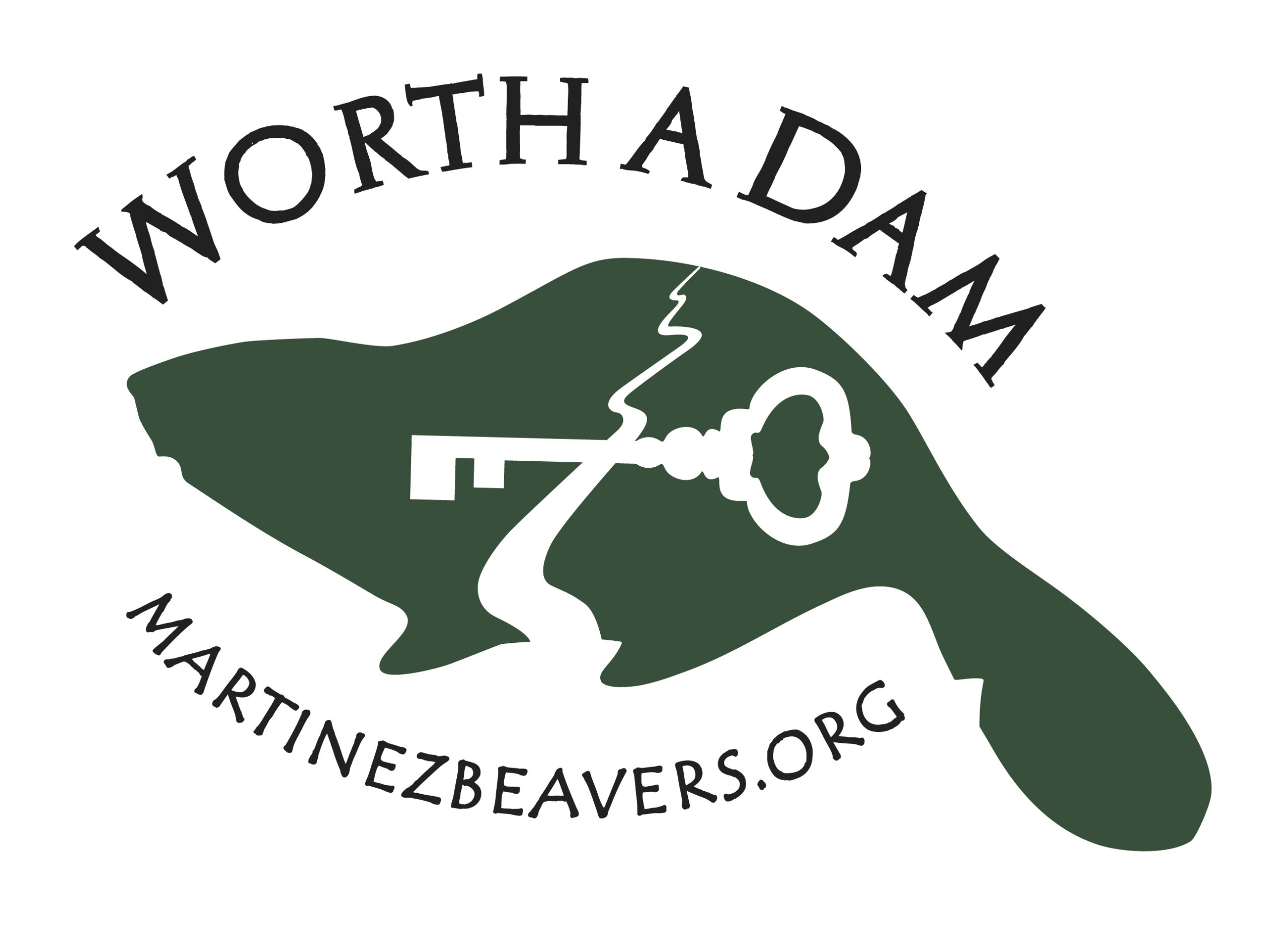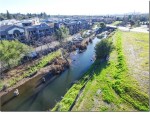
A natural ally in the fight against floods – the beaver
The experiment which has been running for five years in West Devon has been both a world-first and a profound surprise for the scientific community. The results of the experiment are startling. During the five years the two beavers have lived a wild and natural existence in their seven-acre enclosure they have built 13 dams using the kind of scrub willow and hazel that tend to line Westcountry streams and these have had a profound effect on both water flows and on pollution.
The scientists have been looking at three different areas in the changing hydrology – the amount of flow which goes into the beaver-zone and then comes out; the increase in the area’s water storage capacity; and the effect on pollutants.
He explained how the 13 beaver dams are slowing the water flow. “The water comes in at the top and fills up behind the first dam, overflows and fills the next. It is like a staircase. There is a constant release of water – each pond draws down and is replenished before the next rainfall.”
The professor showed us a graph on which a blue line showed flows measured at the input to the site, and a red line showed the outflow. As you’d expect, the blue line zig-zagged up and down as heavy rains were followed by dry periods – but the red line measuring output remained more-or-less straight across the middle of the graph.
And there was another reading. “From this landscape here we are seeing an average of 150 mg per litre of sediment coming off farmland in storms. But what we see leaving the site here is just 15mg per litre. Behind every one of these dams the water slows until it’s practically not moving – the sediment settles and fills the pond.
“If you are water company and a river has high sediment, it costs a lot of money to treat. Nitrogen and phosphorus both enter this site at reasonably high levels especially in storms – but at the bottom end we see so little in nitrogen and phosphate, the university’s equipment cannot actually detect the minute amount.
They’re doing a great job of showing why beaver belong on the landscape in Devon. I’m so pleased by their effort to document the changes. I take with many grains of salt the idea that this has never been studied before – but certainly the effect of two beavers on a habitat that’s been without them for 500 years has never been studied before. So that’s excellent!
Love this remark from the retired farmer who was willing to tolerate beavers on his land.
“This water is all going down to Roadford reservoir; it eventually becomes drinking water,” said Mr Morgan. “So if you can make the water cleaner, that is a good thing. “If they took the fences away, I’d be perfectly happy for the beavers to stay – they can be managed like everything else.”
Managed like everything else! Did I read that correctly? What man of steel is this that faces the beaver threat with actual pragmatic courage? I think I’m in love.
They’re even proposing incentives for farmers who allow beavers on their land. Be STILL my heart.
Mark Elliott, who is in charge of the beaver product for the Devon Wildlife Trust, has been spending a lot of time considering how farmers and landowners might get on with beavers if they were re-introduced to British landscapes after centuries.
“The key challenge is ensuring there is some mechanism by which landowners who store water on their land in the headwaters get some sort of payment for the wider benefits that they are providing for society,” he told the WMN, adding that he was not just talking about beaver-created wetlands.
“There are already Countryside Stewardship schemes that recognise the wildlife benefits, and pay a landowner for changing the way they farm – but if a landowner allows beavers to flood some low-lying pasture, for example, maybe they should receive some sort of payment for the reduction in flooding downstream.”
Can I get an amen?











